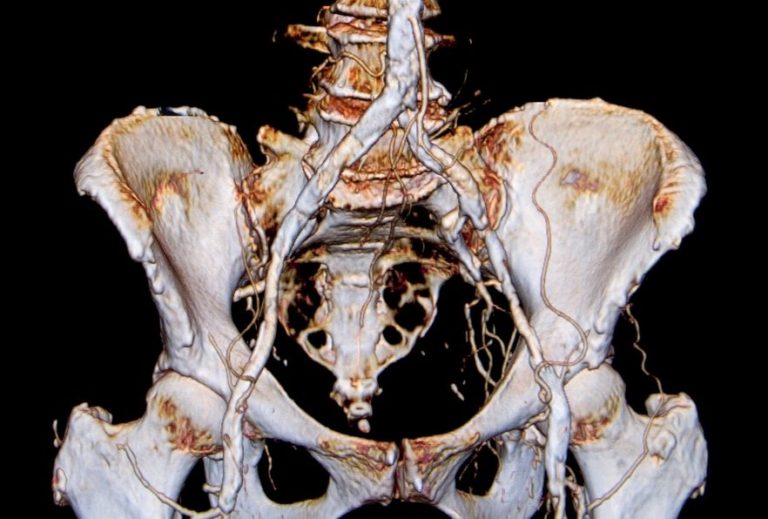The first step to establishing a new endovascular trauma program is to identify the clinicians who will lead and staff the program.
“The people issue is probably the one thing that hospitals don’t spend enough time focusing on,” said Melanie Hoehn, MD, a University of Maryland School of Medicine vascular surgeon. “The success of an endovascular trauma program is highly dependent on your team.”
Physician leadership and participation
Question number one is which specialists will be involved in the endovascular trauma program and who will lead it? According to Dr. Hoehn, the answer will depend largely on your hospital’s resources and culture.
“Trauma surgeons will usually be leading the charge since they are the ones involved with patient care and will also be doing some of the basic procedures such as REBOA,” said Dr. Hoehn, who is…
This is Part I of How to Build an Endovascular Trauma Program at Your Hospital
Click below to jump to any section:
Introduction – Trends and barriers
Part I – Creating the endovascular trauma team
Part II — Essential equipment and supplies
Part III — Training physician and nursing staff
Part IV — Ensuring quality and patient safety
…currently in a trauma and critical care fellowship at Grady Hospital in Atlanta. “But once you get past those basics, you will need specialists who are able to perform diagnostic angiography and more advanced endovascular procedures such as embolizations and stent placements.”
This specialist support will vary from institution to institution. “Traditionally, many of these embolization procedures have been done by interventional radiologists, but in more recent years vascular surgeons have started taking on some more of these cases,” she said. “Everyone has a slightly different skill set, and you also have to work with the politics in your system to figure out who will be doing these procedures.”
Nursing and tech support
Most successful endovascular trauma teams include interventional radiology technologists. “It’s my opinion that you need an IR tech in your program,” Dr. Hoehn said. “Not only can they run the equipment for you and load the images, but many IR techs are also quite capable of scrubbing into the operating room and assisting.”
There are different ways to structure IR tech support. “At the Shock Trauma Center, the IR techs are specifically assigned to the OR,” she said. “However, other hospitals bring their techs in from the IR suite, so that’s an option too.”

At Shock Trauma, an IR tech is in the hospital 12 to 14 hours a day and on call during the remaining 10 to 12 hours. “When the team was originally set up, the IR techs had a very short response time,” Dr. Hoehn said. “Most of them could be in the hospital in 15 or 20 minutes, which was very helpful.”
Trauma nurses were trained to set up and start endovascular cases while the team waited for the IR tech to arrive. (See Part III for more information on nurse training.)
“Ideally, the IR tech was able to pick up the already-started case from the trauma nurses,” Dr. Hoehn said. “Sometimes when we had a staffing shortage, the surgeons would double-scrub the case and help out, especially for the sickest patients, just to make sure things went smoothly.”
Creating a new mindset
At the same time you are assembling the endovascular trauma team, it is important to create a new team vision.
“I think one of the keys to setting up a successful program is creating a new mindset,” Dr. Hoehn said. “Trauma surgeons, myself included, are trained to treat things via a particular algorithm. What you need is a group of people who are open minded and interested in trying to do things differently. And that includes everyone, from the trauma surgeons to the nurses to the vascular surgeons, interventionalists and anesthesiologists.”
Next section: Endovascular trauma: essential equipment and supplies

